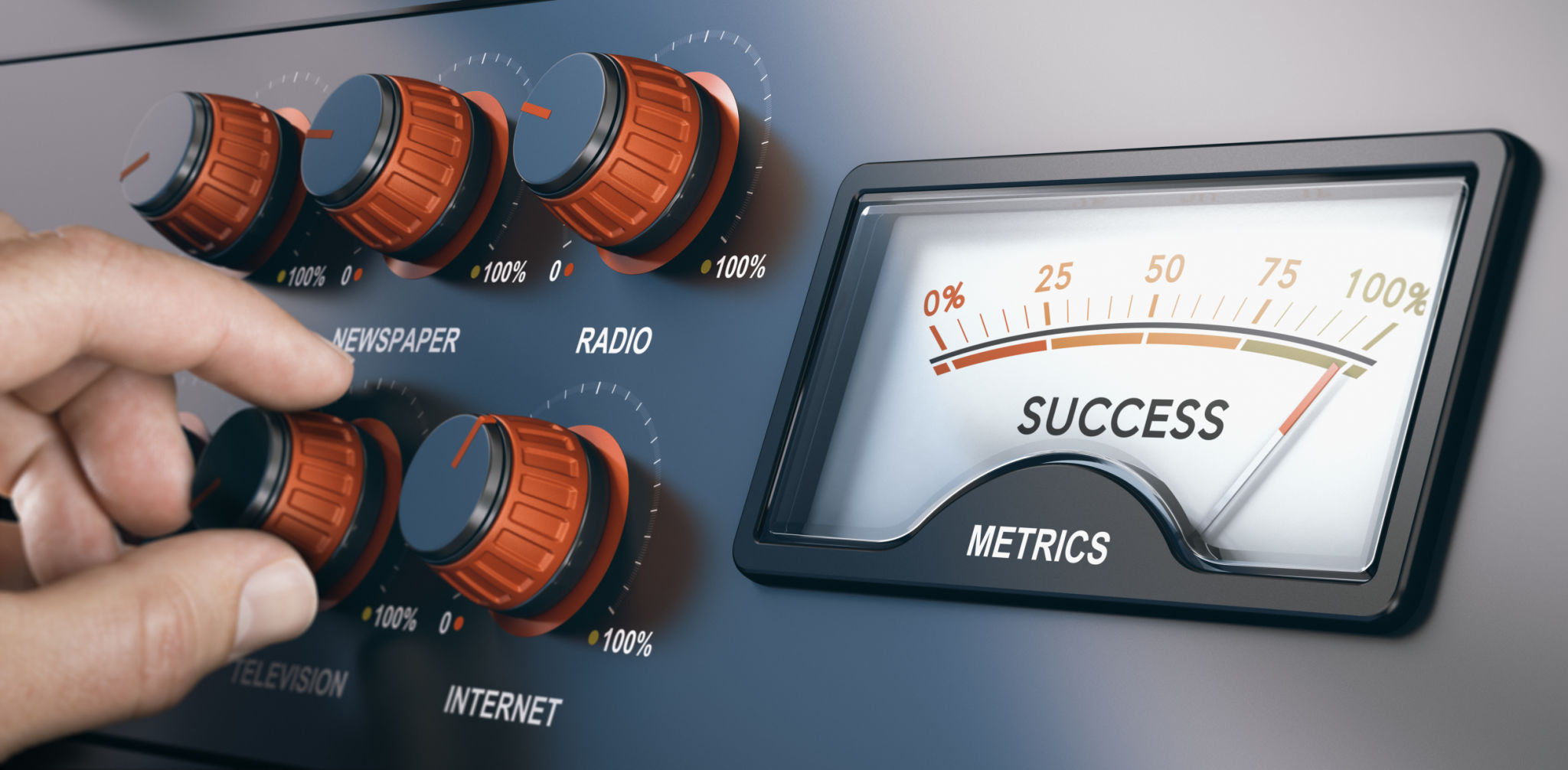AI vs Traditional Marketing: A Comparison Guide for Small Businesses
Understanding the Basics
In today's rapidly evolving business landscape, small businesses are increasingly faced with the decision of choosing between AI-driven marketing strategies and traditional marketing techniques. Both approaches have their own set of advantages and limitations. Understanding these can help businesses make informed decisions that align with their goals and budget constraints.
Traditional marketing refers to conventional methods such as print ads, billboards, TV commercials, radio spots, and direct mail. These strategies have been used for decades and have a proven track record of success. On the other hand, AI in marketing leverages machine learning algorithms to automate and optimize various tasks, offering a more data-driven approach.

Advantages of AI Marketing
One of the primary benefits of AI marketing is its ability to process large amounts of data quickly and accurately. This enables businesses to gain deeper insights into consumer behavior and preferences. By analyzing data from various sources, AI can help in creating highly personalized marketing campaigns that are tailored to individual customer needs.
Another significant advantage is automation. AI tools can automate repetitive tasks such as email marketing, social media posting, and even customer service through chatbots. This not only saves time but also reduces the likelihood of human error. Moreover, AI-driven analytics can predict market trends, allowing businesses to stay ahead of the competition.
Cost-Effectiveness and Efficiency
AI marketing is often more cost-effective in the long run. While the initial investment may be higher, the efficiency gained through automation and optimized targeting can lead to substantial savings. Businesses can allocate resources more effectively, focusing on strategies that yield the highest return on investment.

The Strengths of Traditional Marketing
Despite the rise of digital platforms, traditional marketing still holds significant value, especially for small businesses targeting local audiences. Physical advertisements like flyers or local newspaper ads can effectively reach a specific demographic. Furthermore, traditional marketing can create a tangible connection with customers through events and face-to-face interactions.
Brand recognition and credibility are often stronger with traditional methods. A well-placed billboard or a catchy radio jingle can leave a lasting impression on potential customers. These strategies are effective in building trust and establishing a brand's presence in the community.
Challenges and Considerations
However, traditional marketing does come with its challenges. Measuring the success of a campaign is often difficult and less precise compared to digital methods. The costs associated with traditional marketing can also be prohibitive for small businesses with limited budgets.

Finding the Right Balance
For small businesses, the key lies in finding a balance between AI and traditional marketing strategies. A hybrid approach allows businesses to leverage the strengths of both, reaching a broader audience while still maintaining a personal touch. For example, using AI to analyze data can inform more effective traditional campaigns.
Ultimately, the choice between AI and traditional marketing should depend on the specific needs and goals of the business. By carefully evaluating the options, small businesses can craft a strategy that maximizes their reach and impact without overstretching their resources.